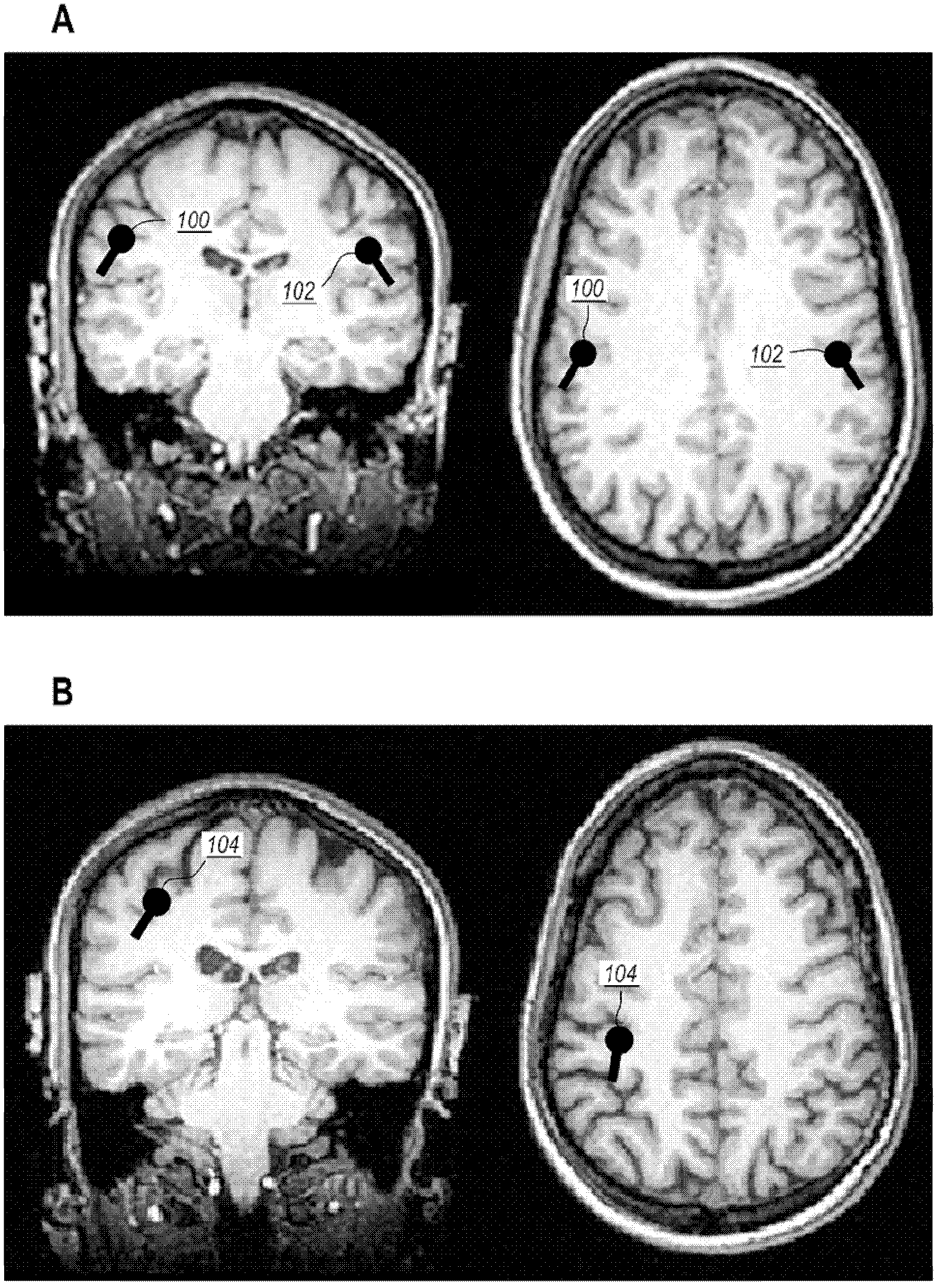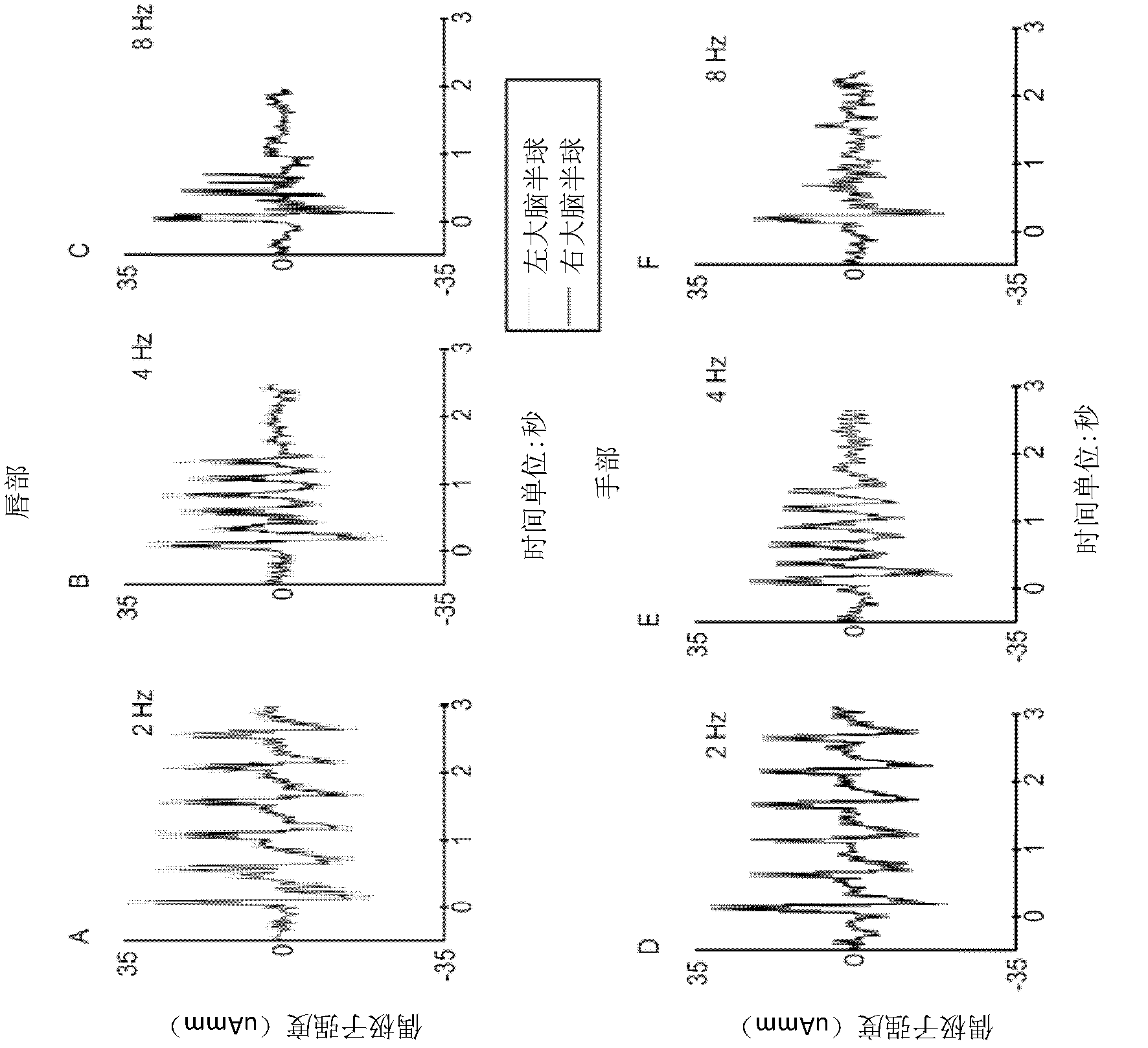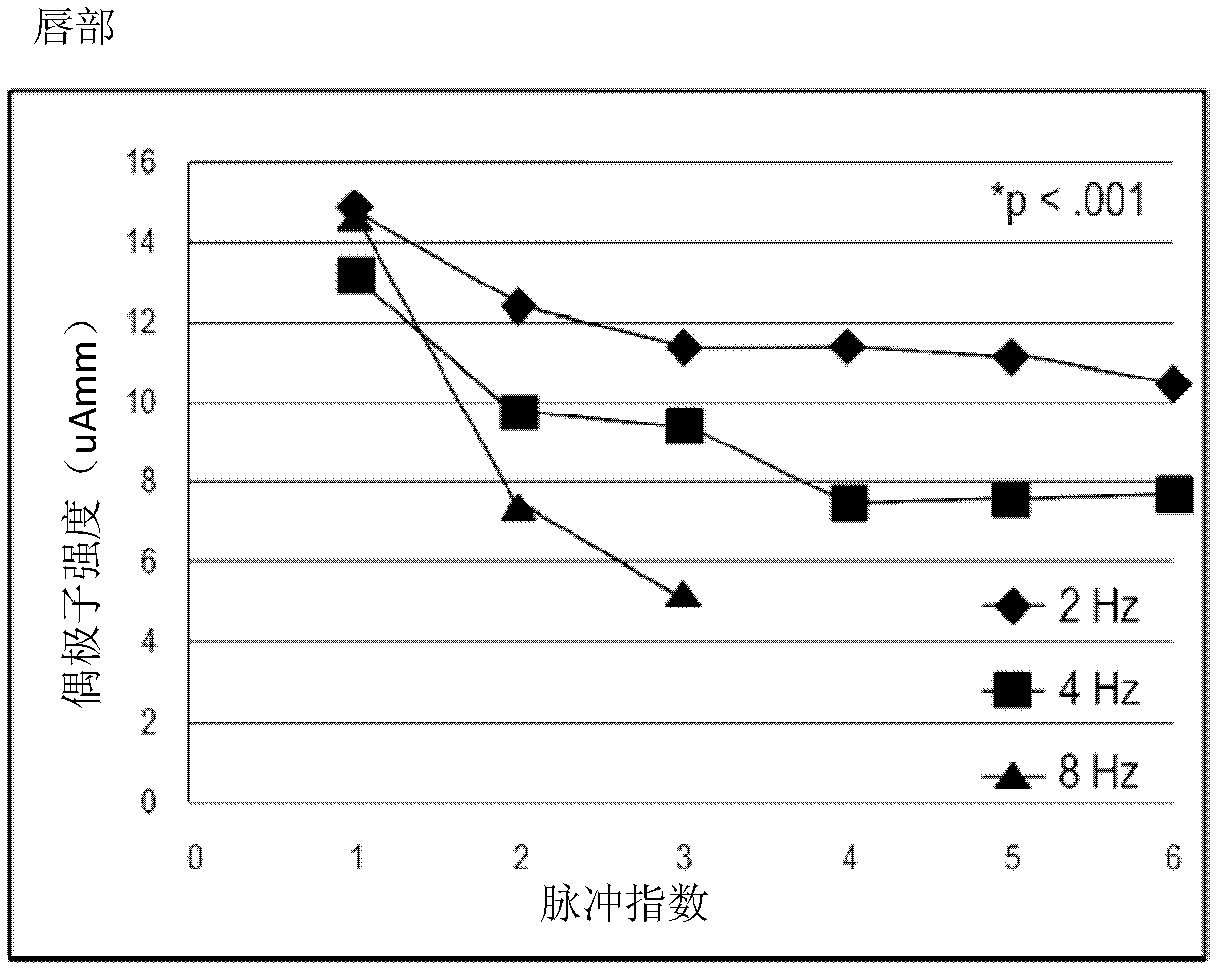Device, system, and method for mechanosensory nerve ending stimulation
A technology of nerve endings and sensory nerves, applied in the direction of passive exercise equipment, applications, sensors, etc., can solve the problems of restricting the application of agreements
- Summary
- Abstract
- Description
- Claims
- Application Information
AI Technical Summary
Problems solved by technology
Method used
Image
Examples
experiment example
[0071] Ten healthy females (mean age = 24.8 years [standard deviation SD = 2.9]) with no history of neurological disease participated in this study. The TAC-Cell used was a conventional 5 ml round bottle with a bayonet type cap (Cole Palmer, part number: R-08936-00) with an orifice pneumatic actuator. The polyethylene cap was machined with a 19.3 mm diameter inner hole. A 0.005″ silicon wafer membrane (AAA-ACME Rubber Co.) is held securely between the bottle rim and the machined bayonet cap. When pneumatically activated, the TAC-Cell’s active silicon membrane surface creates a rise / Peak displacement of 4.25 mm with a fall time of 27 ms (based on 10%-90% intercept).
[0072] with common (Airpot Corporation, Series 2K4444P) and a conventional non-commutated servo motor (H2W Technology Corporation, NCM 100-2LB) utilizes a pneumatic pressure valve to actuate the TAC-Cell. The computer was equipped with a 16-bit multifunction card (PCI-6052E, National Instruments). In our l...
PUM
 Login to View More
Login to View More Abstract
Description
Claims
Application Information
 Login to View More
Login to View More - R&D
- Intellectual Property
- Life Sciences
- Materials
- Tech Scout
- Unparalleled Data Quality
- Higher Quality Content
- 60% Fewer Hallucinations
Browse by: Latest US Patents, China's latest patents, Technical Efficacy Thesaurus, Application Domain, Technology Topic, Popular Technical Reports.
© 2025 PatSnap. All rights reserved.Legal|Privacy policy|Modern Slavery Act Transparency Statement|Sitemap|About US| Contact US: help@patsnap.com



